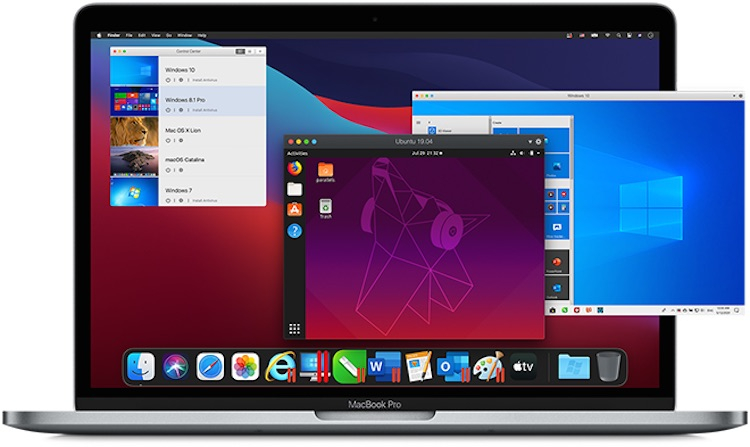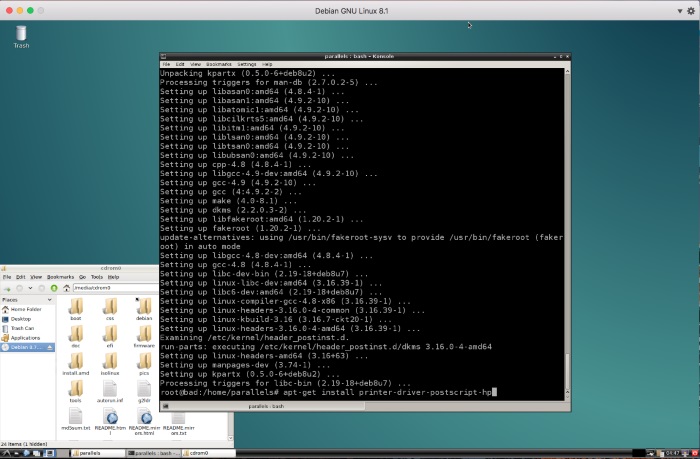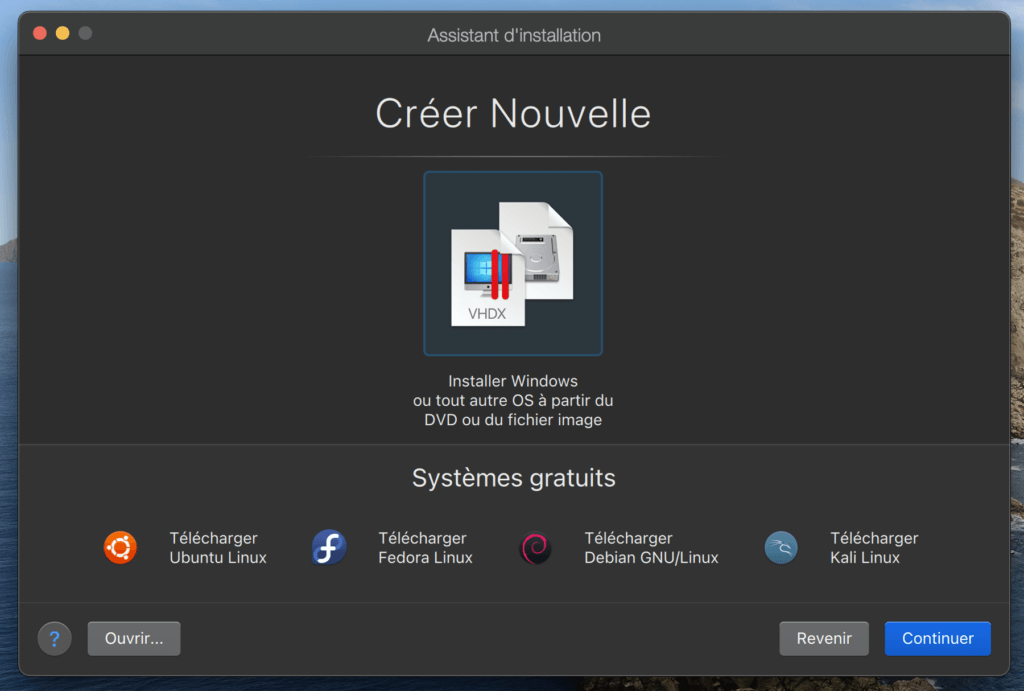

- #LINUX ON PARALLELS M1 INSTALL#
- #LINUX ON PARALLELS M1 DRIVERS#
- #LINUX ON PARALLELS M1 MAC#
- #LINUX ON PARALLELS M1 WINDOWS#
The goal of the Asahi Linux project is to upstream everything into the Linux kernel, so all our drivers are eventually headed for upstream review. Over September we’ve seen a lot of action on this front, with many important drivers now in review or even already merged for Linux 5.16. Those are important for bring-up, but to get a usable system we need many more. Linux drivers galoreĮarlier this year we saw the absolute lowest level drivers being merged into the kernel. Let’s take a look at what’s been going on. At this point, Asahi Linux is usable as a basic Linux desktop (without GPU acceleration)! The ground had been shifting until now, but we’re seeing drivers settle down.

#LINUX ON PARALLELS M1 WINDOWS#
#LINUX ON PARALLELS M1 MAC#
After that, I checked if my Mac can connect to the Windows machine by running a simple ping command.

\.exe /AllowNetworkAccess /Key=C2y6yDjf5/R+ob0N8A7Cgv30VRDJIWEHLM+4QDU5DE2nQ9nDuVTqobD4b8mGGyPMbIZnqyMsEcaGQy67XIw/Jw=Įverything is working fine on the Windows machine. I initiate the Cosmos DB Emulator with the following command: Make sure to disable all the inbound and outbound firewalls in Windows Security.
#LINUX ON PARALLELS M1 INSTALL#
Since I have a M2 Pro Mac, I had to install Parallels Desktop and set up a new Windows 11 on it. Let me share my three-hour journey, and hopefully, MS Team will have a plan to support the M1 and M2 chips soon with the Cosmos DB Emulator. However, at least it's working, or else I might be fired tomorrow :( Okay, after three hours of dealing with a headache, I finally managed to fix it temporarily. Once planning for our upcoming semester has concluded, myself or another on our team will revert back here on the outcomes. For people who are seeing this Issue for the first time, you are welcome to add your support as well.

We recognize and appreciate your continued interest and support for this. This GitHub issue here that you have been commenting and voting the feature up on, has been filed in support of the feature and is being followed. M1 support is among the list of features that will be reviewed for this upcoming semester. The planning for our next semester (April-October) will start sometime near the end of February next month. This would often require dropping other committed work which could lead to a cascade of issues for downstream dependencies. This means that even if we see intense demand for something after planning, (like this one here where the bulk of input occurred after the semester had started), it is unlikely we could take it on. Items that are committed are done after careful resource planning to ensure we don't over commit, resulting in slips or dropped items. Despite Microsoft's size, feature teams are very lean. The current semester started in October and runs through March. The Cosmos team (along with every service team in Azure) organizes feature work in 6-month semester that starts after a month of planning where work items are committed. I think most folks here understand this, but I want to take a moment to explain to help set expectations and provide some solace to those who may not think we care or paying attention to this. It might help if I explain how features get committed on our team. As I mentioned back in December this is on our roadmap, but I don't have an ETA.


 0 kommentar(er)
0 kommentar(er)
